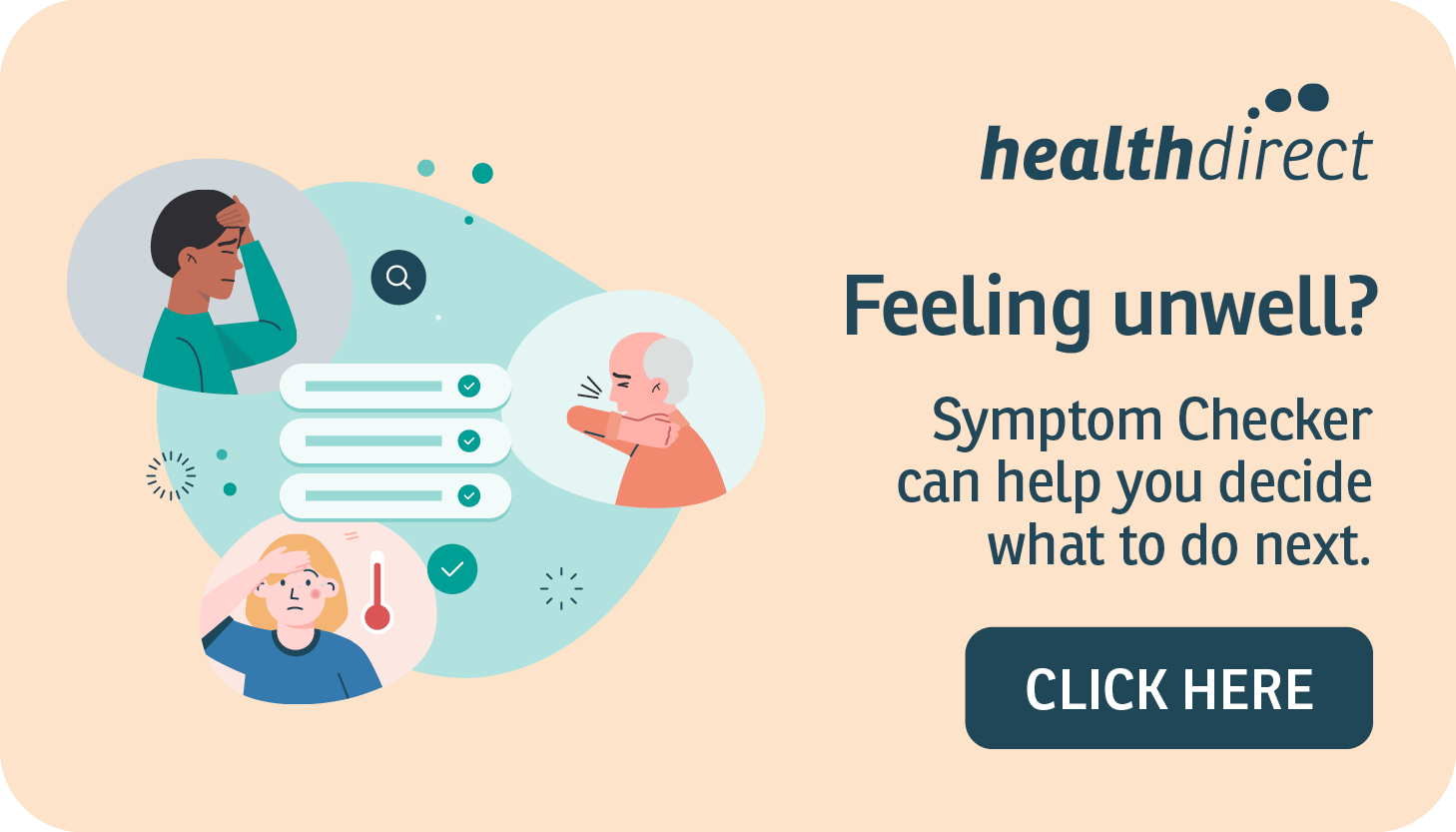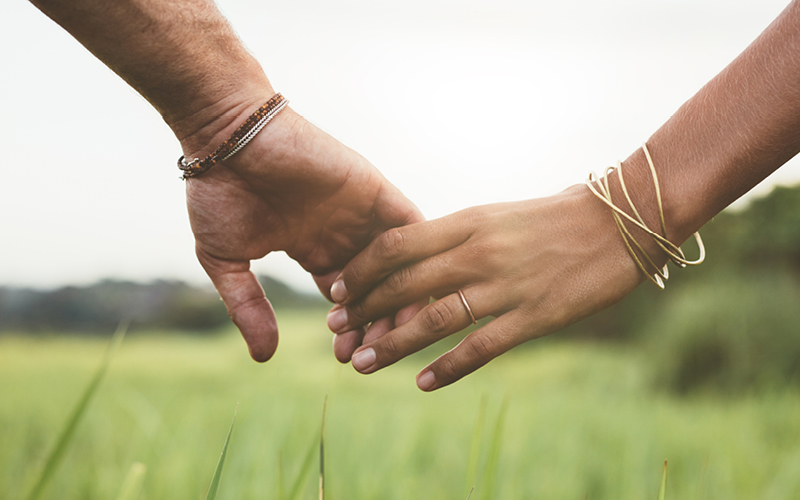My battle with Postnatal Depression
Brigid Glanville took time off work to have her second child, Clementine, but in the months following the birth, things started to unravel.
How does a new mother get to the point where a knife seems the only answer? Where she feels that cutting herself is the only way to end months of misery? And how can the “joy of motherhood” become such a burden it threatens your very self?
It’s five years since I slid into postnatal depression and I still tremble with sadness when I look back at the bleak months that followed the birth of my second daughter, Clementine. Now I can barely recognise myself in the woman weeping at the kitchen table, pressing a butcher’s knife to her arm. But that was me.
It’s not easy to talk about. After all, who wants to admit to being the mother who can’t mother, who doesn’t want to be near her children?
My first pregnancy had been dogged by anxiety. I worried that my child wouldn’t like me or wouldn’t get along with my two stepsons. I suffered from migraines. I cried every day for weeks on end. I was irritable and scared.
I hated being pregnant. But Lola’s arrival erased those dreadful fears in an instant. I had a textbook birth, she was a great sleeper, and the boys doted on their sister.
Not that there weren’t problems. I struggled at breastfeeding for two months. The more I persisted, pumping and expressing milk over a spirit-sapping 90 minutes each feed, the more exhausted Lola and I became.
After eight weeks, my milk supply was so low that formula began to take its place. Hoping to console me, my lactation consultant said, “It’s okay if you can’t. It doesn’t make you a failure.” I wasn’t convinced.
Even so, I never expected the devastation that those breastfeeding issues would bring second time around.
When Clementine arrived in 2014, after just three hours of labour, the love was instant. Fond memories – the wonderful smell of a newborn, flowers in the home, hormonal rushes of love – all came flooding back. But with them came a dark apprehension about feeding her. The spectre of breast pumps, cracked nipples and poor milk supply was back.
When she was first placed on my chest I immediately felt my muscles tense. When she still hadn’t attached after a few hours, I was distraught. I put on a brave face. I told myself, “I can do this. Every child is different. Relax.” And certainly Clementine did relax. She was a very chilled baby and slept like a dream.
So uncomplaining was she that it appeared she must be feeding, even though my milk still hadn’t come in after four days. “You have colostrum; the milk will come,” the midwives soothed. But when one visited me at home a week later and saw my nipple shield filled with blood, the concern on her face was obvious. My nipples were so cracked and damaged one of them has never recovered.
Clementine was weighed and I discovered she hadn’t been feeding properly at all; she had lost 16 per cent of her birth weight. It was back to hospital for both of us. Still I persisted with breastfeeding, furious because I’d felt all along she wasn’t getting enough.
A string of lactation consultants came and went as I tried every feeding position imaginable, none of them the answer. This feeding battle was taking its toll. Was it the absolute insistence on breastfeeding, driven home at prenatal classes, hospitals, clinics, everywhere, that left me so distraught, guilty and acutely aware of my failure? Why couldn’t I just feed my baby like every other mother?
Then, at six weeks, Clementine was diagnosed with hip dysplasia (“clicky hips”). I was told that she’d need a special harness to brace her legs in the frog position and that it couldn’t come off for 12 weeks, not even to bathe her. Of course it caused even more problems with breastfeeding. It was too much. Things began to fall apart.
By now I was moving through the world like a whipped dog, anticipating more trouble and despair at every turn.
I became irritable with everyone. I wanted my husband Tim to take Lola away somewhere, anywhere. I didn’t want my stepsons to visit. I wanted to be entirely alone with my baby, but at the same time I was terribly lonely. I didn’t care about anyone else. I hated thinking of anything beyond caring for my baby but felt I couldn’t even do that.
I would take the most trivial comment as a slight that would leave me in floods of tears. I hated myself.
I unleashed my resentment on my husband and my mother. I was bitter at the lack of help but didn’t want anyone around to help. Despite Tim doing all the household chores, I was constantly critical. Drowning in my own self-pity and sadness, I would often curl up on the bed and cry as if I might never stop. I wondered how long I’d have to endure this unhappy life. I was drinking too much. I started smoking.
I started having nightmares about feeding and dreaming of ways I could leave my family and take the baby away. My friend Anna still remembers the day I asked, “Tell me it’s a normal feeling that I don’t want to be with my children.”
It was Tim who prompted me to get professional help. Like me, he’s a long- time journalist at the ABC. After his experience of combat and disasters as a foreign correspondent in the Middle East and Indonesia he has had to deal with post traumatic stress disorder and depression. He could see I was entering dangerous territory.
So I went to a psychiatrist who gave me the standard test for postnatal depression, the Edinburgh Postnatal Depression scale. My score was 25 out of 30; anything over 13 is cause for concern.
It’s easy to mistake postnatal depression for just being the kind of mental state all mothers fall into from the exhaustion and worry of that first year of a new baby. Well-intended comments – “You just need to go for a walk and get some sunshine”; “I was too busy to be depressed when I had children”; “We all get the baby blues, it will pass” – don’t help a mother who is suffering from depression rather than just doing it tough.
The test essentially differentiates between sad and sick. I was the latter. My doctor recommended I start on antidepressants but I was determined to push through on my own. Instead, I became untethered, as if clinging to a raft with just my baby and my exhausted self.
“This too shall pass,” my mother would say. It didn’t. The next day would not be better. The next day would start as the last had ended, no more than a long wait to go to bed again. Instead of taking the medication, my only action was to observe myself and judge myself ever more harshly. It was a futile spiral to more anxiety as I tried to control the uncontrollable.
Finally a night came when, after the best part of a bottle of wine, I found myself sitting in the kitchen holding a knife, wishing my awful life away. “This will hurt,” I thought. “This will give you something to really cry about.” I fell calm at the thought of seeing blood; the warmth of it on my skin would be relaxing.
But before I cut deeply enough for that, Clementine woke up. I picked her up and looked at her, sobbing. I realised just how ill I was, woke my husband up and said, “I need to take those pills.”
Thank god I did. Within seven days my whole outlook on life started to change. I began to look forward to spending time with my family. When I finally started telling friends and family about my illness, they were all supportive – some made meals, others helped with washing or played with Lola while I was getting better.
My normal self – capable, outgoing and social – was filtering back into my body. Before long, I was back to being super-organised, strong enough to return to work to cover an election campaign and ready to entertain friends. I was actually enjoying the chaos of four children.
In part, my recovery came because I was lucky enough to have a partner who understood my illness. But dozens of women I have spoken to struggled for so long before they got help because their partners and family were simply ignorant of the disease and its symptoms.
Raising awareness of perinatal or postnatal depression starts at home. While the stigma around mental illness is finally starting to fall away, that prejudice remains a danger to the health of many women. It’s deep- rooted. Even as I was putting a knife to my arm I was thinking, “Isn’t cutting yourself something only attention-seeking teenage girls do?” We have to challenge exactly that type of ignorance.
Anyone who has had postnatal depression, or knows someone who has, can help by talking just as freely about it as they would about any other type of illness.
As my husband says, “We should talk about depression in exactly the same way we talk about having a broken leg. And the more we do that, the more the stigma will go.”
Doing that might just save another mother’s life.
Brigid's Story
Please submit your details below and we will be in touch soon.
Related Fact Sheets





















%201.webp)


.png)

